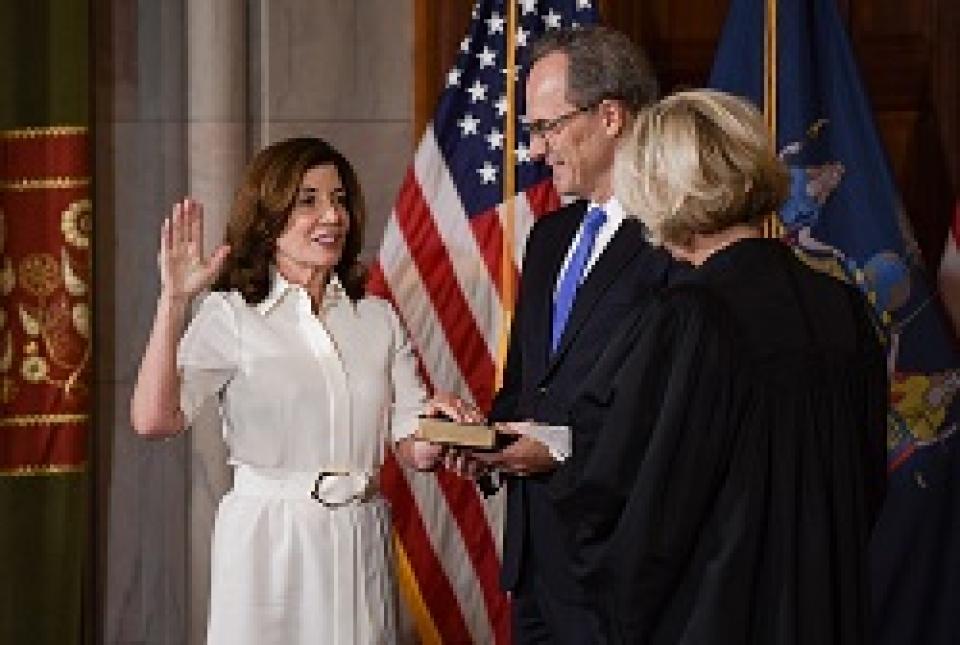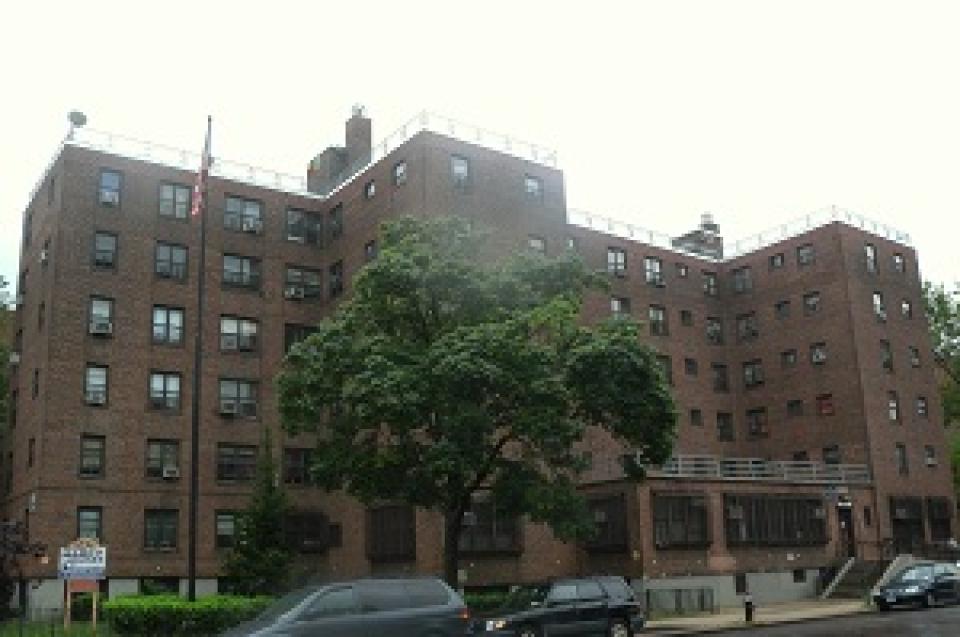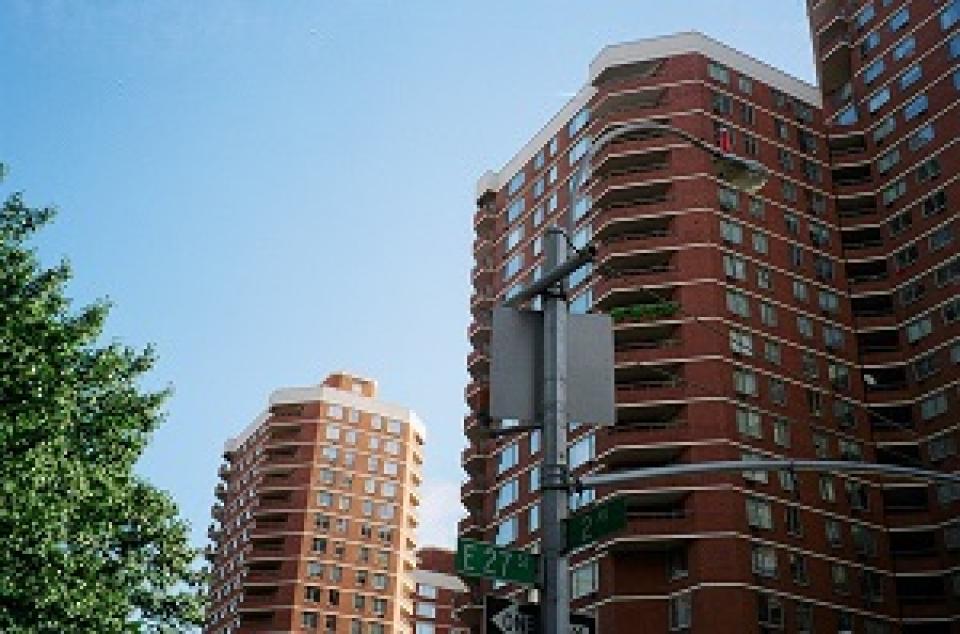
Fast, affordable Internet access for all.

Now that the fight over federal funding to expand broadband access has been largely settled with the passage of the American Rescue Plan Act (ARPA) and the Infrastructure Investment and Jobs Act (IIJA), states and local communities are preparing to put those funds to work.
The Biden Administration had initially hoped to tip the scales in favor of building publicly-owned broadband networks as the best way to boost local (more affordable) Internet choice, and inject competition into a market dominated by monopoly incumbents. And while the Treasury rules on how Rescue Plan money can be spent does give states and local governments the ability to do just that, the rules for how the IIJA’s Broadband Equity, Access, and Deployment (BEAD) program can be spent have yet to be finalized by the National Telecommunications and Information Administration (NTIA), the agency in charge of allocating those funds to the states.
Predictably, the big monopoly incumbents are focusing their lobbying efforts on state lawmakers as states funnel those federal funds into state broadband grant programs. In some states, Big Telco is getting the desired result: the shunning of publicly-owned network proposals to shield monopoly providers from competition. Of course, we expected some states – especially those with preemption laws that either erect barriers to municipal broadband or outright ban such networks – to shovel most of their federal broadband funds to the big incumbents, even though they have a long track record of over-promising and under-delivering.
But while we might expect Florida and Texas to favor the private sector and stealthily move to shut out projects that are publicly-owned, we’re surprised that the first place it’s happening is actually Illinois and New York.
Illinois Lawmakers Thumb Nose at Federal Law
Community broadband advocates in New York rang in the new year celebrating Gov. Kathy Hochul’s announcement of a proposed $1 billion investment to beef up broadband in the Empire State. If state lawmakers move to enact the initiative, it would be what the Governor’s office describes as “the largest ever investment in New York's 21st century infrastructure.”
During her State of the State speech, Gov. Hochul unveiled the ConnectAll Initiative, which aims to “deliver affordable broadband to millions of New Yorkers and transform the state's digital infrastructure through new investments,” with municipal broadband as a centerpiece of the plan.
In announcing the new initiative – which would be funded with a combination of up to $300 million in state funds, $345 million in federal funds, with the rest to eventually come from the recently passed Infrastructure Investment and Jobs Act – Gov. Hochul said:
The pandemic exposed how without broadband Internet, New Yorkers can be disconnected from school, work, and families. The ConnectALL Initiative will empower local municipalities and state agencies to set up nation-leading broadband infrastructure statewide, ensuring that every New Yorker has access to the Internet when they need it.
Six-Part Strategy

The plan not only creates a new ConnectALL Office, it directs the office to work in conjunction with other state agencies in overseeing the major components of the effort, following a six-part strategy that includes:
In this episode of the Connect This! Show, co-hosts Christopher and Travis Carter (USI Fiber) are joined by Kim McKinley (UTOPIA Fiber) and Doug Dawson (CCG Consulting) to kick off the new year.
The panel will dig into the recently released Final Rules released by the Treasury on use of the Rescue Plan dollars, before diving into some regional developments in New York and Los Angeles. They'll end by sharing some thoughts about how the broadband landscape is likely to shape up during the coming year.
Subscribe to the show using this feed on YouTube Live or here on Facebook Live, or visit ConnectThisShow.com
Email us broadband@muninetworks.org with feedback and ideas for the show.
Watch here, or below.
From New York City to Newfield in Upstate New York, local officials in the Empire State have kicked off projects to connect the unconnected to high-speed Internet service.
The biggest of those projects is underway in New York City as Mayor Bill de Blasio recently delivered an early Christmas present for city dwellers who want to see a term-limit set on the digital divide in the Big Apple.
America’s most populous metropolis (est. pop. 8.6 million) is investing $157 million to build publicly owned, open access broadband infrastructure that will lay the groundwork local officials say will enable high-speed wireless Internet access for up to 1.6 million city residents over the next 36 months.
Even as the city is on track to bring free or low-cost Internet service to 40,000 residents living in 18 New York City Housing Authority (NYCHA) developments by the end of the year, this latest initiative aims to expand the city’s existing fiber infrastructure while drawing on minority and women-owned Internet Service Providers to help deliver “fast, reliable, and affordable connectivity options to an additional 70,000 NYCHA residents and 150,000 residents in the surrounding communities by early 2022,” the Mayor’s Office explained in a press release announcing the initiative.
“Broadband isn’t a luxury, it’s a necessity,” de Blasio said. “We are closing the digital divide and bringing our city into the 21st century by reaching communities most in need.”
New York City Chief Technology Officer John Paul Farmer characterized the effort as evidence that city officials are “transforming the broadband marketplace.”
No matter your zip code, every New Yorker deserves an equal opportunity to participate in building our shared future. The New York City Internet Master Plan has enabled the Big Apple’s unprecedented progress in promoting digital equity and making that idealistic vision a practical reality. New York City’s bold new approach delivers cross-sector partnerships, incorporates cutting-edge technologies, upgrades performance, and ensures affordability for residents and businesses.
Mobilizing ‘NYC Internet Master Plan’
Situated in rural Central New York, Madison County (pop. 71,000) was named in honor of America’s fourth President, James Madison. But it was the region’s history of growing hops for beer that really put the county on the map. By 1859, New York state produced 80 percent of all hops grown in the U.S., thanks in no small measure to the crops in Madison County.
Today, while the community still celebrates this history at the annual HopFest, county leaders are now focused on the future and how to ensure the region does not get left in the dust by missing out on an essential economic development ingredient: high-speed Internet connectivity. In a modern economy, broadband infrastructure is indispensable in general terms and specifically for the efficient operation of precision agriculture.
With a focus now on the digital landscape, Madison County planners have embarked on a project to bring fiber to the farm as well as thousands of other other residents and businesses across the region.
What really got things off the ground, or rather into the ground, was the county being awarded a USDA ReConnect grant last year. Madison is the only county in United States to directly receive ReConnect grant funding in FY 2020.
In July, the USDA announced it would grant $10.1 million in ReConnect funds in support of the project to deploy a fiber-to-the-premises network that will connect 2,170 people, 50 farms and 30 businesses to high-speed broadband in Madison County as part of a larger countywide project. The county will work with private Internet Service provider (ISP) Empire Access to eventually bring fiber connectivity to nearly 7,600 households in the region.
A Fertile Land For Fiber
Two years ago, Madison County officials decided to make broadband a top priority. The most underserved area of Madison is in the southern part of the county, where DSL and satellite were primarily offered, with limited addresses eligible for cable access.
Jamestown - home to 30,000 residents, the largest population center in western Chautauqua County - could become the first city in the state of New York to construct a citywide municipal fiber network using American Rescue Plan relief funds.
In April, Mayor Eddie Sundquist formed a task force to assess the potential for a municipal fiber network in Jamestown. The city is currently working with EntryPoint Networks on a feasibility study to estimate the overall cost of the project, as well as surveying residential interest in building a municipally owned open access broadband network in Jamestown.
If the city's American Rescue Plan spending plan is approved by the Jamestown City Council, Jamestown will be the first city in New York state to embark on a municipal fiber build. Although many cities across New York state own dark fiber assets, and cooperatives in the southeastern and northern regions of the state are serving some residents, no city in the Empire State has moved forward with building a citywide fiber-to-the-home (FTTH) network.
Idea Dating Back to Sundquist’s Mayoral Campaign
Connecting citizens to new technology was a component of Mayor Eddie Sundquist’s 2019 mayoral campaign, centered around efforts to enhance economic development and community revitalization projects.
“Who says that we can’t become a technology hub attracting businesses around the country with our low cost of living and rich resources? Who says we can’t wire broadband and fiber to every home and business in this city at a lower cost?,” WRFA reported Sundquist campaigning in 2019.
In an interview with ILSR, Mayor Sundquist recalled that the message was well-received by Jamestown residents, and that even pre-pandemic, city residents were calling for more reliable Internet access offering higher speeds.

On this episode of the Community Broadband Bits podcast, Christopher and ILSR senior reporter and editor, Sean Gonsalves chat with Nate Benson, a reporter with WGRZ in Buffalo, New York, about his approach to reporting on connectivity issues afflicting the Western part of the state.
Benson explains the origins and results of his Fall 2019 investigation into monopoly service, including what the lack of competition has done to prices and availability in the city of Buffalo. He details his method to producing stories on Internet access that have resonated with citizens and galvanized local policymakers in the community.
This show is 37 minutes long and can be played on this page or via Apple Podcasts or the tool of your choice using this feed.
Transcript below.
We want your feedback and suggestions for the show-please e-mail us or leave a comment below.
Listen to other episodes here or view all episodes in our index. See other podcasts from the Institute for Local Self-Reliance here.
Thanks to Arne Huseby for the music. The song is Warm Duck Shuffle and is licensed under a Creative Commons Attribution (3.0) license.
The pandemic exacerbated extreme economic, racial, and social disparities that have long characterized New York City neighborhoods. When the pandemic hit, the "City That Never Sleeps" experienced the worst single-year job decline since the 1930s, with communities of color bearing the brunt of the disease itself in addition to the rising levels of unemployment, lack of affordable housing, and food insecurity it brought on.
Aiming to alleviate these deeply-entrenched challenges, New York City Mayor Bill de Blasio formed the Taskforce on Racial Inclusion and Equity last April to survey community organizations in NYC districts most severely impacted by COVID-19. As that work got underway, taskforce co-chair Deputy Mayor Phil Thompson kept hearing a resounding call for access to the Internet. Three months into the pandemic, de Blasio reported that 18 percent of all New Yorkers, more than 1.5 million city residents, had neither a home or a mobile connection, mainly due to issues of affordability.
In response to the public outcry, Mayor de Blasio set to work enacting New York City’s Internet Master Plan, starting with a $157 million initiative which will direct public and private investment to fund broadband infrastructure and expand low-cost or no-cost Internet access to 600,00 New Yorkers, including 200,000 city residents living in public housing, within 18 months.

Snapshot
Maryland plans to funnel American Rescue Plan Act funding towards community broadband
Vermont Governor bolsters House plan backing Communications Union Districts
A national movement to address digital inclusion ignites
See the bottom of this post for related job openings
State Scene
Maryland
Maryland State Governor Larry Hogan made digital equity and literacy a top priority of the state when he signed H.B. 97, the Digital Connectivity Act, into law on April 13. The new law establishes the Office of Statewide Broadband (OSB) within the Maryland Department of Housing and Community Development to create a plan to get all Marylanders connected to affordable, high-speed Internet by 2026. The OSB will also assist in administering $300 million for digital equity initiatives out of the $3.9 billion Maryland received in American Rescue Plan funds.
The $300 million allocation will be broken down into separate pots of money to address physical infrastructure, affordability, and adoption: $45 million will be for grants that support and expand municipal broadband networks; $75 million for affordability initiatives to subsidize the cost of monthly service fees and devices for eligible residents who are subscribers to private Internet Service Providers (ISPs); and $150 million dedicated to deploy broadband infrastructure and expand connectivity in both urban and rural areas. In addition, $10 million is earmarked for local government and community-based solutions, and $6 million will support adoption initiatives, including $4 million for a new division under the University System of Maryland to develop curriculum on digital literacy and addressing the broadband gap.
New York City is looking to take a bite out of the Big Apple’s broadband gap for residents living in newly built affordable housing.
Last month, the New York City Department of Housing Preservation and Development (HPD) released revised Design Guidelines requiring new affordable housing projects that use city funds to be “designed and constructed to provide high-quality [I]nternet access and service as part of their lease contract and at no additional cost to the tenant.”
That means all new affordable housing buildings that use city funds must be wired, “to the maximum extent feasible,” to offer free high-speed Internet access that supports “four simultaneous moderate users or devices, with preferred system capacity of 100 Megabits per Second (Mbps) upload and download, per unit.”
The guidelines further stipulate that residents should also be given the option to increase their household’s level of service “at their own cost.”
“As we continue to produce affordable housing at record pace, this Administration is equally committed to ensuring that housing contributes to creating a more equitable and sustainable city. That is why our new Design Guidelines incorporate lessons learned from COVID-19 and follow best practices to promote equity, health, and sustainability,” HPD Commissioner Louise Carroll said in a press release when the new guidelines were announced.
HPD officials said the health and economic fall-out of the pandemic had a “devastating” and “disproportionate” impact on low-income city residents, particularly communities of color.
